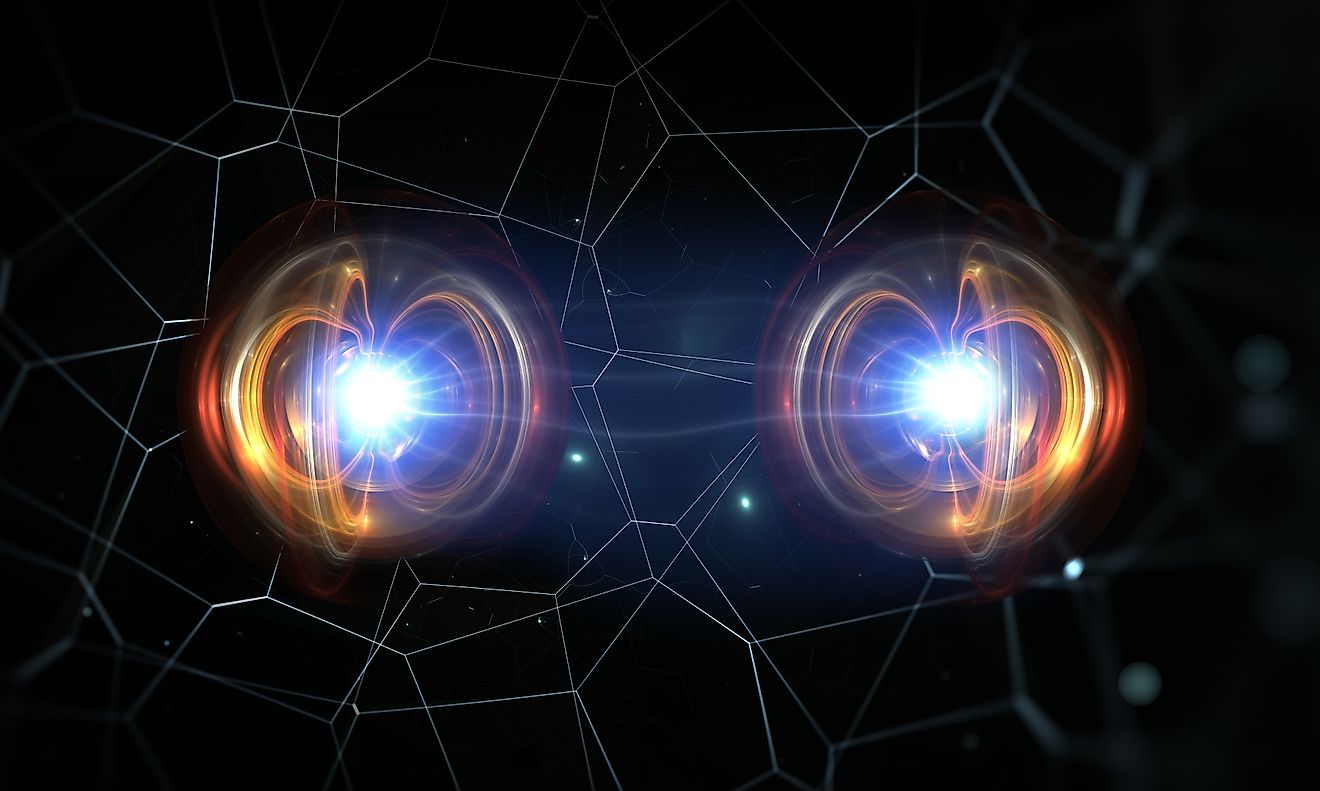
The Biggest Black Hole In The Universe
Black holes are among the most massive objects in the universe. They possess such a strong gravitational pull that not even light can escape from them. Despite their enormous mass, most black holes are not excessively large in size. Some can be hundreds of times heavier than the sun, yet they may not be much bigger than it. The black hole at the center of our galaxy, for instance, has a mass over one million times that of the sun, but its size is comparable to that of our solar system. This phenomenon occurs because their extreme mass compresses them into a small area of space. However, there are some black holes that are truly gigantic. So, what is the biggest black hole in the universe?
The Phoenix Cluster

The largest black hole ever discovered is located within the Phoenix Cluster, a galaxy cluster approximately 8.5 billion light-years away. The Phoenix Cluster is one of the most extensively studied clusters in the universe and contains about 1,000 individual galaxies, which exhibit an unusually high rate of star formation.
One of the most fascinating galaxies in this cluster is the central galaxy, known as Phoenix A. The rate of star formation in Phoenix A is over 700 times higher than that of the Milky Way. While our galaxy typically sees the formation of one star per year, Phoenix A produces an impressive 740 stars annually. Currently, Phoenix A is experiencing a phase called a "starburst phase," during which star formation occurs at an accelerated rate. In fact, it is one of the most active galaxies ever discovered.
Black Hole of Phoenix A

Phoenix A is an intriguing target for research, not just because of its star formation. At the center of this galaxy lies the largest black hole ever discovered. Estimates suggest that this black hole, a true behemoth, has a mass that is 100 billion times greater than that of the sun. In fact, this supermassive black hole is more massive than some entire galaxies.
The event horizon of the black hole has a diameter of 366 billion miles (590 billion kilometers), which is roughly 100 times the distance between the sun and Pluto. If you were to travel at the speed of light, it would take approximately 71 days to complete a journey around its entire circumference.
Such an enormous mass would make it impossible for the black hole to have formed from a single star. Instead, it likely originated from the collision of multiple supermassive black holes that merged shortly after the Big Bang, indicating that it may be one of the oldest black holes in the universe.
Additionally, the black hole is currently growing in size and mass, absorbing vast amounts of material and increasing its mass by the equivalent of 60 suns each year.
Formation

The supermassive black hole in Phoenix A is believed to be a primordial black hole, which means it is likely one of the first black holes that formed after the Big Bang. The exact origin of supermassive black holes is still a mystery, but they probably formed before the first large galaxies appeared. Since nearly every large galaxy contains a supermassive black hole at its core, astronomers think that these black holes play a crucial role in galaxy formation. This leads to a "chicken or egg" dilemma: Did supermassive black holes form first and cause galaxies to emerge, or did galaxies form first and lead to the creation of supermassive black holes? The answer to this question is still unknown, but two main theories attempt to explain how supermassive black holes originated.
The first theory suggests that supermassive black holes formed directly from the gravitational collapse of gas and dust shortly after the Big Bang. This process could have occurred either before or during the formation of the first stars. In the early universe, there was an abundance of star-forming material. If enough of this material clumped together and collapsed under its own gravity, it could have directly resulted in the creation of a supermassive black hole.
The second theory posits that supermassive black holes formed from the merging of smaller black holes. The first stars that formed after the Big Bang were likely much more massive than those we see today, primarily due to the large amount of star-forming material available at the time. More massive stars burn through their fuel faster and have shorter lifespans. When these massive stars reach the end of their life cycles, they collapse under their own gravity to become stellar black holes. In the early universe, these stellar black holes may have had masses around 100,000 times that of our Sun. If enough of these stellar black holes merged together, they could eventually form a supermassive black hole.
It is possible that both theories are correct, or there may be another explanation yet to be discovered for the origin of black holes like the one in Phoenix A.











